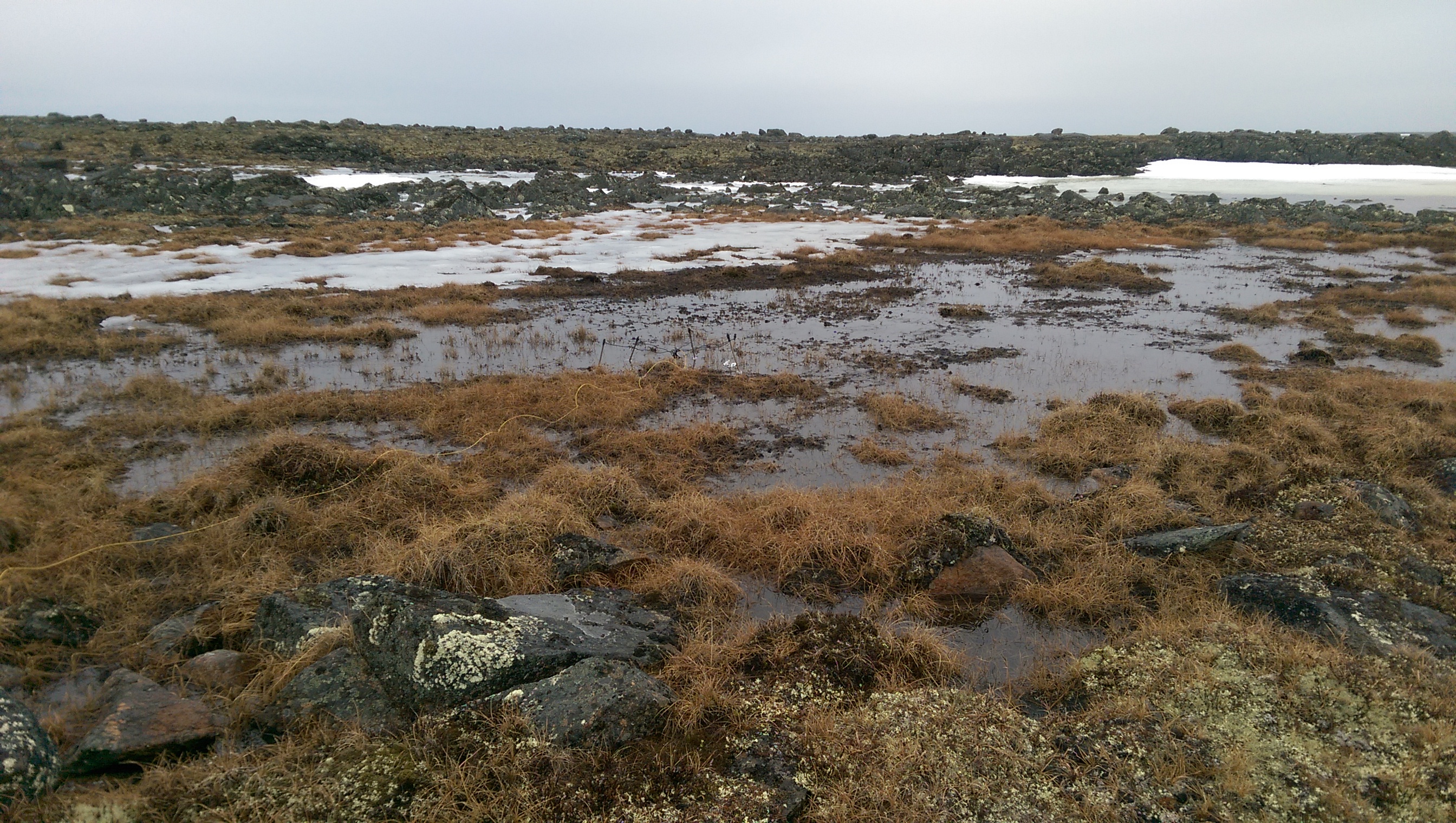This variant on the forkbomb brought to you by Google.
Centrist, progressive, radical optimist. Geophysicist, R&D, Planetary Scientist and general nerd in Winnipeg, Canada.
troyunrau.ca (personal)
lithogen.ca (business)
- 37 Posts
- 582 Comments
Joke’s on you! I’m a Betazoid. Captain, I feel… Intense… Scrolling.
Do you have a program to help you count sheep to fall asleep? Asking for a friend
Aha, so it’s treating the pasta as one would a fruit filled pierogi or crepe. Just a wheaty medium for delivery of fruity goodness.
Someone tell me more about pasta with strawberries please. I say this as a pineapple on pizza aficionado.
Probably just a shoulder check used for photo. Probably an unrelated stock image for the transmission. Still a funny meme template
I mean it uses location and acceleration info for driving habits. What did you expect?
And they can request location info and other things, and most people just click Allow.
 16·3 months ago
16·3 months ago$1M/day…
Okay, assuming $50k/yr cost per person, that’s something like $135/day for each “cop”. That’s like 7000 people if salary was the only thing.
Since I don’t think there are even 1000 of them deployed in DC, then there’s a lot of overhead going somewhere else. Uniforms, admin, whatever. Likely some good old fashioned corruption and grift.
Also, I’m kind of surprised that number is that low.

 11·3 months ago
11·3 months agoTechnically, if the bicycle is motor assisted, then yes that would also illegal in Canada and on rare occasion. There was a recent case here: https://www.cbc.ca/news/canada/nova-scotia/amherst-man-charged-with-impaired-driving-while-riding-e-bike-1.7576394
However, the original story and this one share a common theme – attempts to circumvent a driving ban by using a motorized vehicle that straddles a grey area of the definition. And both involved them playing in traffic.
As far as I know, no recent cases have involve true non-motorized vehicles. Legal precedent suggests that bikes, skateboards, horses, etc., are allowed to be operated over limit. However, you can still be charged with all sorts of secondary things depending on how you’re operating.
Nice! Needs a funny hand drawn sci fi logo, saying “Feedblaster 6000” or something. ;)
Nice perspective.
What would you consider to be a contribution of value? Posting? Comments? Moderating? Installing a server rack in your closer for nightly backups? What would you suggest a minimum contribution for continued use should be?

 182·3 months ago
182·3 months agoNo. If Stalin’s Soviet era showed us anything, it’s that the dogma of religion can be replaced with the dogma of state. Getting rid of organized religion just kicks the can down the road. Education is paramount.

 20·3 months ago
20·3 months agoPaint the cameras ;)

 4·4 months ago
4·4 months agoWhen modern billboards became a thing, many cities or similar jurisdictions passed laws limiting their proliferation, in order to ensure you didn’t end up in a billboard filled dome.
In Canada, at least, you can register your address as a “no admail” destination, and you’ll stop getting those flyers entirely. It doesn’t stop certain protected classes of ads, in particular ads for prospective politicians during an election campaign, or mail that is personally addressed to you (even if it is an ad). But does shut it almost completely down. This would be the legal equivalent of installing a real-world ad-blocker.
 22·4 months ago
22·4 months agoHeadline should be: Texas places opposition politicians under house arrest
 51·4 months ago
51·4 months agoWhich is actually really ironic

 41·4 months ago
41·4 months agoI spent about a decade as a KDE developer.
KDE has this mindset where if someone wants to implement something they think is cool, and the code is clean and mostly bug free, well – have at it! Ever wonder why there’s 300 options for everything?
Usually (because there’s a bunch of people trying to optimize the core for speed and load times and such) this also means that the unused code-paths are required to not contribute negatively to things like load times. So a plugin like this that doesn’t get loaded by default unless enabled, and thus doesn’t harm everyone else’s performance. It also means that if it stops working in the future and starts to bitrot, it can be dropped without affecting the core code.





















The Matrix was right. Lynch’s Dune was peak humanity.